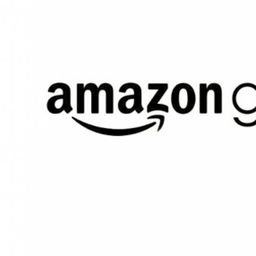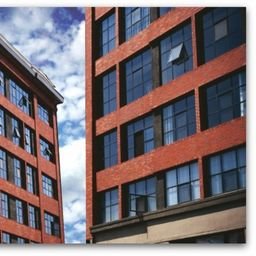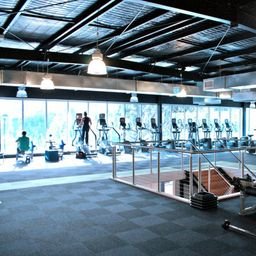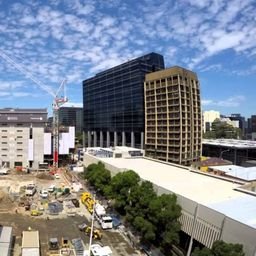Viewpoints
Industry insights, market outlook reports and commercial real estate
news, and trends from the Coldwell
Banker Commercial brand.
3 Big Trends from the Retail Sector in 2016
The retail sector has seen some dramatic shifts in the past years as technology and the presence of online shopping continues to evolve and grow. Technology and online shopping has even driven some strictly brick and mortar retailers like Borders to go out of business.
5 Things to Know About Amazon Go
Recently, Amazon unveiled their newest concept called Amazon Go. While Amazon has taken over and changed the face of many industries, most notably books, they have been looking to get into grocery.
Opportunity in Second-Tier Malls is Noted
While big investors like General Growth Properties and Simon Property Group are shifting their focus to prime properties in desirable locations —those that offer heavy foot traffic and are command the attention of high-end retailers— doors are opening for smaller investors who believe in the value of second-tier malls.
Holiday Shopping: Online vs. In Store
By all estimates, the back-to-school season will have pulled in more than $75 billion dollars. It is second only to holiday shopping in the highest grossing retail season. With more consumers shopping via mobile than ever before, where can retailers expect to see the highest sales this holiday; online or in store retail?
4 Ways Retailers are Acquiring Mobile Customers
If you can attract customers to your store through their mobile devices, you are reaching an audience that looks at their phones all day long and carries them everywhere they go. When they’re bored, while they’re taking the train to work, they are checking their phones and surfing online.
There’s a Growing Problem with Reverse Supply Chain: Here’s Why
Retailers face significant challenges with the reverse supply chain due to the rise of e-commerce and free returns, impacting their bottom line and requiring innovative solutions to manage returns efficiently.
Industrial Rehabilitation Helps Economies Thrive
Recent years have seen a boost in repurposing projects for underutilized industrial properties around the country. This has positive effects on areas that had become urban “dead zones,” breathing new life into disused neighborhoods.
Are New Fitness Concepts Trending in Your CRE Market?
You’ve seen the signs. In most every city in the country, a new type of fitness facility has been cropping up offering specialized services. The boutique fitness concept is a major trend, and has an impact on the CRE market.
Retail Renovation Spurs Construction Growth in 2016
Retail construction is leading all other property types, growing nearly 25% in 2015 over the previous year. The hard-hit retail sector is coming around, and a large portion of the building going on in retail is renovation rather than new construction.
3 Ways Global Urbanization Impacts CRE
The U.S. population saw overall growth of 9.7% in the years between 2000 and 2010, but growth in urban areas was higher, at 12.1%. Urbanization is a significant feature of growth around the world, and has considerable impact on commercial real estate.









